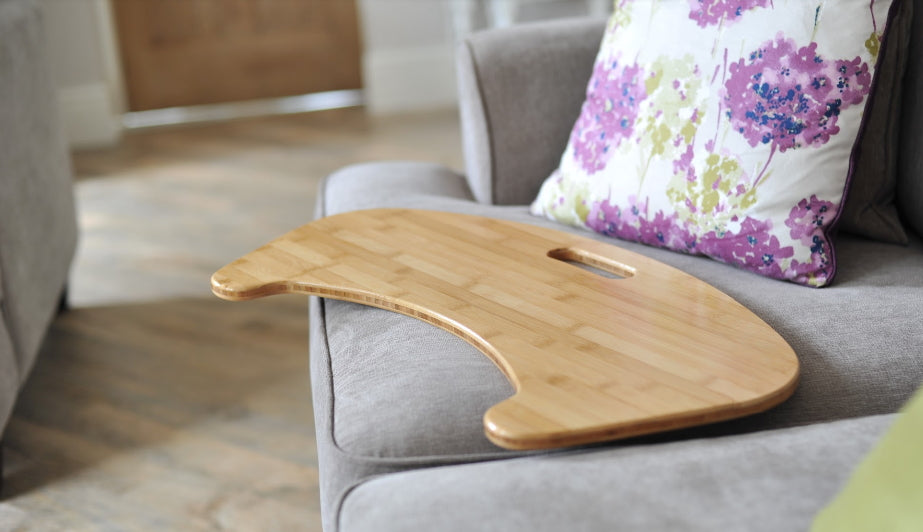Free delivery on orders over £40, only £3.95 under £40
Free delivery on orders over £40, only £3.95 under £40

There’s a lot of criteria that need considering before buying a moving and handling aid, as it’s crucial that they suit the individual’s needs. In this guide, you can find information on different types of transfer aids and what requirements to look out for.
Moving and handling someone you care for is an important part of being a carer, and it’s also important to have the right aids to help you do so.
Patient hoists are an ideal way to lift individuals who cannot walk independently, as they are strong and supportive and can be used virtually anywhere. There are three main types of patient hoists, including ceiling, portable overhead and mobile.
Ceiling hoists are electrically powered transfer aids which run on overhead tracks to provide access to different rooms. If used with a sling, a ceiling hoist can prevent the need for the carer to manually lift the individual, but some ceiling hoists can only lift and lower the individual rather than move laterally to different rooms. Depending on the individual’s ability, you may want to consider whether or not to choose a hoist that can move between rooms.
Portable overhead hoists are similar to ceiling hoists, with the difference of not incorporating fixed ceiling tracks. This makes it more suitable for users who like to travel, as portable overhead hoists are designed to be easily assembled and transported. Additionally, this design is more ideal to suit individuals who can walk more independently between rooms.
Mobile hoists tend to be less expensive than ceiling hoists but require more strength from the carer if you choose a hydraulically powered hoist. More versatile than ceiling hoists, they can provide more freedom of movement and are also available in electronic versions with a reliable and rechargeable battery.
Standard transfer aids are more suited to individuals who have some mobility and independence and are usually more portable without requiring home adaptations. The following products are ideal for people who may like to travel and take their mobility aids with them.
Bed canes and rails help to transfer the individual in and out of their bed, with the help of a little support. Some designs can fit underneath the mattress to anchor the cane when getting in and out or can be fitted above the bed on a wall to offer a hoist.
Turntables and benches are an ideal portable solution for transferring from wheelchairs to beds, toilets and car seats, and vice versa. Turntables assist in swivelling your lower body from the seat if you are unable to yourself, making it comfortable and painless to turn. Benches enable the individual in sliding across to transfer themselves, so some mobility is ideal for these aids.
Grab rails and glide sheets are both suitable for individuals who have enough upper body mobility to pull themselves up. Grab rails are a simple yet effective product that can be placed anywhere to enable stability and support when transferring from place to place, and some can even be attached to tile walls by suction rather than screws. Glide sheets are portable and slippery enough to enable you to slide and turn easily, making it simpler to transfer comfortably.

Kate Makin qualified as an occupational therapist (OT) in 2001 with a BSc (Hons) in Occupational Therapy. She is a member of the Royal College of Occupational Therapists (RCOT).
As a registered occupational therapist (OT), Kate is a science degree-based, health and social care professional, taking a “whole person” approach to both physical and mental health and wellbeing. This enables individuals, of all ages, to achieve their full potential and lead as independent life as possible.
Click here for Kate’s registration with the Health and Care Professions Council.
Throughout her career, Kate has worked in many different clinical settings, in both the public and private sector. Kate has been running her own independent occupational therapist business since 2009. She is passionate about disability aids and adaptations, with a specialist interest in postural management and seating.
As Ability Superstore’s resident OT, Kate is on hand to offer professional advice and answer any queries.